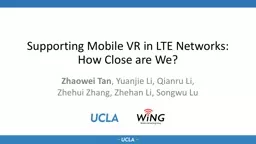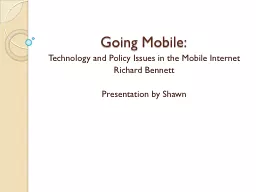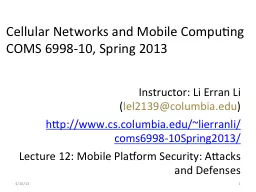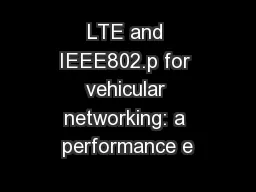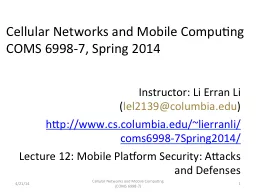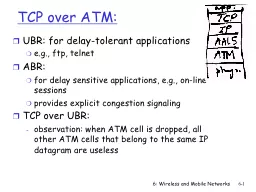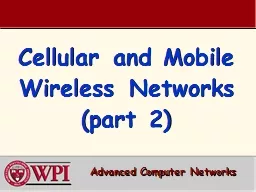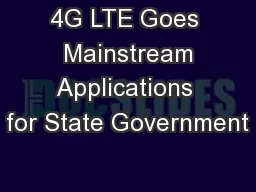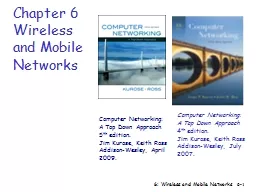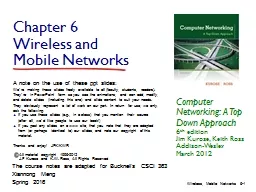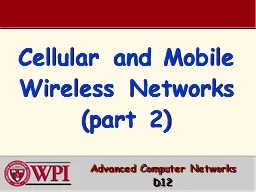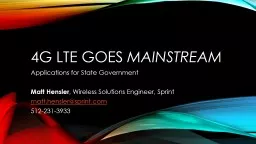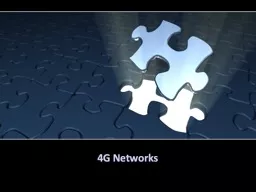PPT-Supporting Mobile VR in LTE Networks:
Author : mitsue-stanley | Published Date : 2018-10-13
How Close are We Zhaowei Tan Yuanjie Li Qianru Li Zhehui Zhang Zhehan Li Songwu Lu Booming Virtual Reality Market We witness a boom in Virtual
Presentation Embed Code
Download Presentation
Download Presentation The PPT/PDF document "Supporting Mobile VR in LTE Networks:" is the property of its rightful owner. Permission is granted to download and print the materials on this website for personal, non-commercial use only, and to display it on your personal computer provided you do not modify the materials and that you retain all copyright notices contained in the materials. By downloading content from our website, you accept the terms of this agreement.
Supporting Mobile VR in LTE Networks:: Transcript
Download Rules Of Document
"Supporting Mobile VR in LTE Networks:"The content belongs to its owner. You may download and print it for personal use, without modification, and keep all copyright notices. By downloading, you agree to these terms.
Related Documents

